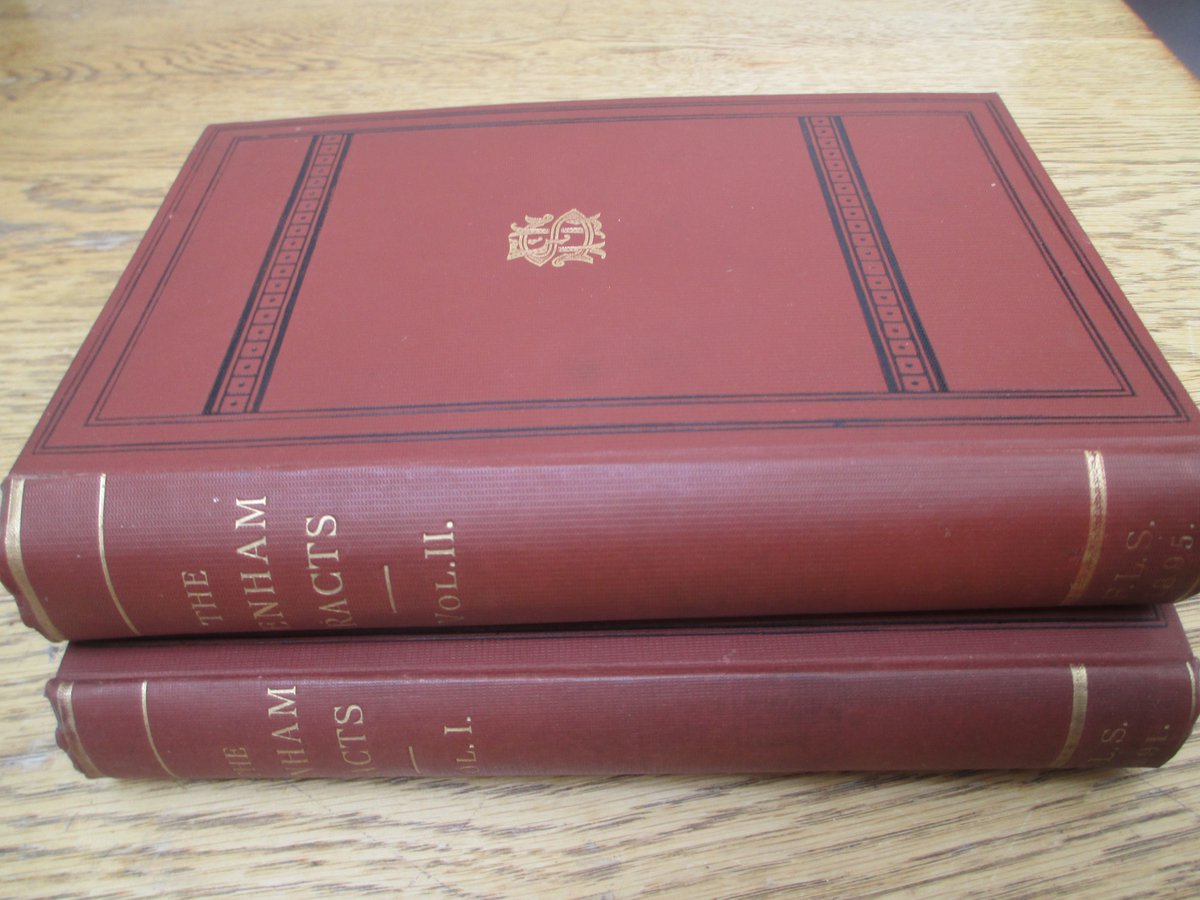#FairyTaleTuesday From the Journal of Gerard Manley Hopkins 7 Feb 1875: I asked Miss Jones in my Welsh lesson the Welsh for fairy, for we were translating Cinderella. She told me cipenaper (Anglice kippernapper): the word is nothing but kidnapper,
molded, according to their fashion, to give it a Welsh etymology, as she said, from cipio/ to snatch, to whisk away. However in coming to an understanding between ourselves what fairies (she says fairess by the way for a she-fairy) and kidnappers were, on my describing them as
little people 'that high', she told me quite simply that she had seen them... It was a busy time, haymaking I think. She was going up at five o'clock in the morning, when she saw three little boys of about four years old wearing little frock coats and odd little caps running and
dancing before her, taking hands and going round, then going further, still dancing and always coming together, she said. She would take no notice of them but went on to the house and there told them what she had seen and wondered that children could be out so early.
'Why she has seen the kippernappers' her grandmother said to her son, Susannah Jones' father. They were [Here the extant Journal ends]
There are 2 supplementary notes:
She afterwards told me the true Welsh word tolwyth-teg.
She afterwards called the coats long
There are 2 supplementary notes:
She afterwards told me the true Welsh word tolwyth-teg.
She afterwards called the coats long
(llaes, that is trailing; perhaps unconfined by a girdle) and black. The caps or hats were round and black.
It's interesting that in this unusual name for the fairies, cipenapers, their propensity for stealing human babies has become their raison d'être. Kidnappers is also included in the famous list of names for the fairies in the Denham Tracts: 'pucks, fays, kidnappers...'
The common Welsh name for the fairies, Tylwyth Teg, is a respectful euphemism, meaning the Fair Family. The term cipenapers doesn't appear in Sikes British Goblins, Evans Wentz Fairy Faith, or (I think) in Rhys Celtic Folklore: Welsh and Manx. I can't put my hands on the Rhys.
• • •
Missing some Tweet in this thread? You can try to
force a refresh





